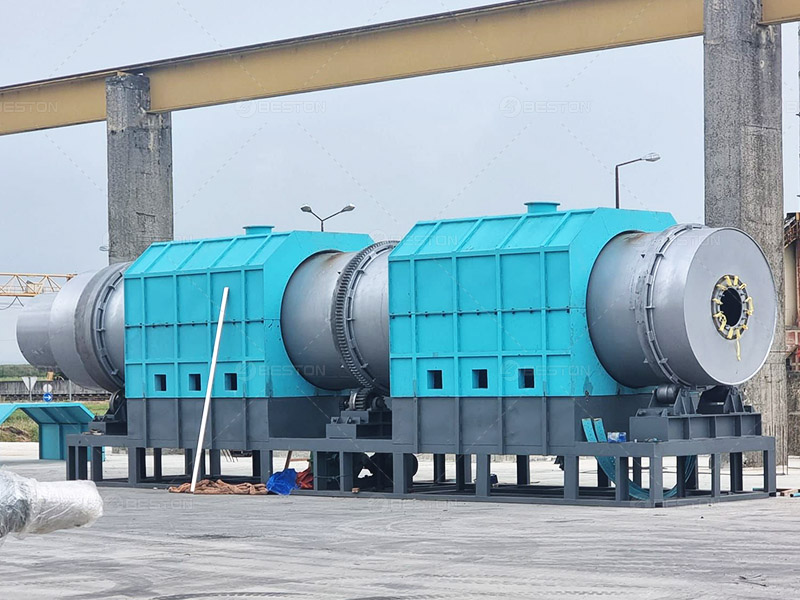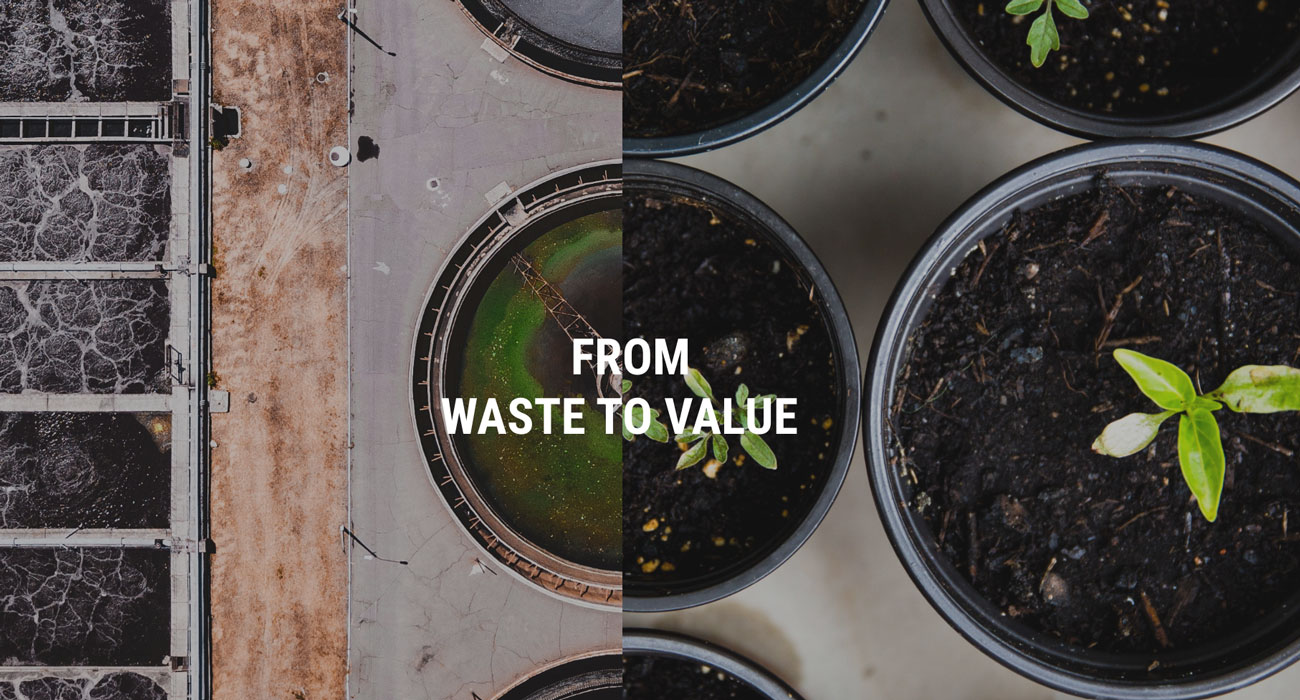In recent years, the biomass pyrolysis plant industry has garnered significant attention as a promising avenue for sustainable energy production and waste management. This burgeoning sector holds immense potential to transform organic waste materials into valuable biochar, bio-oil, and syngas, thereby addressing environmental concerns and meeting the growing demand for renewable energy sources. In this comprehensive analysis, we delve into the market prospects for biomass pyrolysis plants, examining key drivers, challenges, and growth opportunities shaping the industry landscape.
Understanding the Biomass Pyrolysis Plant Market Landscape
The biomass pyrolysis plant market encompasses a diverse range of technologies, applications, and end-user industries, each with its unique set of requirements and market dynamics. From small-scale decentralized units catering to local communities to large-scale industrial facilities serving commercial enterprises, biomass pyrolysis plants cater to a broad spectrum of stakeholders seeking sustainable solutions for waste management, energy production, and carbon sequestration.
Key Drivers Fueling Market Growth
1. Environmental Concerns and Regulatory Pressures
Heightened environmental awareness and stringent regulations governing waste disposal and carbon emissions drive the adoption of biomass pyrolysis plants as an eco-friendly alternative to traditional waste management practices. Governments worldwide are incentivizing renewable energy initiatives and imposing carbon pricing mechanisms, creating a conducive regulatory environment for biomass pyrolysis investments.
2. Energy Security and Resource Sustainability
With escalating concerns over fossil fuel depletion and energy security, there is growing interest in biomass-derived fuels as a renewable and sustainable energy source. Biomass pyrolysis plants offer a viable pathway to convert organic residues, agricultural residues, and forestry biomass into biofuels and bioenergy, reducing dependence on finite fossil fuel reserves and mitigating greenhouse gas emissions.
3. Circular Economy Imperatives
The transition towards a circular economy paradigm underscores the importance of resource efficiency, waste valorization, and closed-loop systems. Biomass pyrolysis plants play a pivotal role in closing the loop by converting organic waste streams into valuable products, fostering resource recovery, and promoting the circularity of biomass resources within the value chain.
4. Market Demand for Bio-Based Products
Rising consumer demand for sustainable and eco-friendly products drives market opportunities for bio-based materials, chemicals, and fuels derived from biomass feedstocks. Biomass pyrolysis plants offer a versatile platform for producing biochar, bio-oil, and syngas, which serve as precursors for a wide range of bio-based products, including bio-plastics, bio-fertilizers, and renewable chemicals.
Challenges and Constraints
1. Technological Complexity and Scale-Up Challenges
The design and operation of biochar equipment involve intricate thermochemical processes, reactor configurations, and heat transfer mechanisms. Scaling up from laboratory-scale experimentation to commercial deployment poses significant challenges in terms of process optimization, engineering design, and economic feasibility, necessitating robust research and development efforts.
2. Feedstock Availability and Supply Chain Logistics
The availability, quality, and logistics of biomass feedstocks present inherent challenges for biomass pyrolysis operations, particularly in regions with competing demands for biomass resources. Securing a consistent and sustainable feedstock supply chain requires strategic partnerships, biomass aggregation networks, and investments in feedstock pre-processing and logistics infrastructure.
3. Economic Viability and Market Competitiveness
The economic viability of biomass pyrolysis plants hinges on factors such as capital investment, operational costs, product prices, and market competitiveness vis-à-vis conventional fossil fuel alternatives. Achieving cost parity and profitability requires advancements in technology efficiency, process optimization, and value-added product development to enhance market penetration and revenue streams.
4. Regulatory Uncertainty and Policy Risks
The biomass pyrolysis industry is subject to evolving regulatory frameworks, policy incentives, and market dynamics, which can pose uncertainties and risks for investors and operators. Changes in carbon pricing, renewable energy targets, and sustainability criteria may impact the profitability and long-term viability of biomass pyrolysis projects, necessitating adaptability and resilience in navigating regulatory landscapes.

Growth Opportunities and Market Trends
1. Integration with Biorefinery Concepts
The integration of biomass pyrolysis with biorefinery concepts offers synergistic opportunities for valorizing biomass feedstocks into a spectrum of high-value products, including biofuels, biochemicals, and biomaterials. By leveraging process integration and co-production strategies, biomass pyrolysis plants can enhance resource efficiency, diversify product portfolios, and maximize revenue streams.
2. Emerging Applications in Carbon Capture and Utilization
The utilization of biochar produced from biochar equipment as a soil amendment and carbon sequestration tool presents novel opportunities for carbon capture and utilization (CCU) initiatives. Biochar-enhanced soils improve agricultural productivity, mitigate greenhouse gas emissions, and promote soil health, positioning biomass pyrolysis as a key enabler of climate-smart agricultural practices and carbon-negative solutions.
3. Technological Innovations and Process Optimization
Ongoing research and development efforts are driving technological innovations and process optimization in biomass pyrolysis technology, enhancing reactor performance, product yields, and energy efficiency. Advances in reactor design, catalyst development, and thermochemical conversion pathways hold the potential to lower production costs, increase process flexibility, and unlock new markets for biomass pyrolysis products.
4. Market Expansion in Developing Economies
The growing demand for sustainable energy solutions, coupled with abundant biomass resources, is driving market expansion for biomass pyrolysis technology in developing economies. Countries with agrarian economies and significant biomass residues, such as India, Brazil, and Indonesia, present lucrative opportunities for biomass pyrolysis investments, supported by favorable policy frameworks and market incentives.
Conclusion
In conclusion, the biomass pyrolysis plant industry is poised for robust growth and innovation, driven by increasing environmental awareness, energy security imperatives, and the transition towards a circular economy. While challenges such as technological complexity, feedstock logistics, and regulatory uncertainties persist, the sector’s inherent potential for sustainable waste management, renewable energy production, and carbon mitigation underscores its pivotal role in shaping a greener and more resilient future. By harnessing technological advancements, fostering strategic collaborations, and aligning with evolving market trends, stakeholders can capitalize on the vast market prospects offered by biomass pyrolysis technology to drive positive environmental and socio-economic impacts on a global scale.


Comments
No comments yet. Be the first to react!